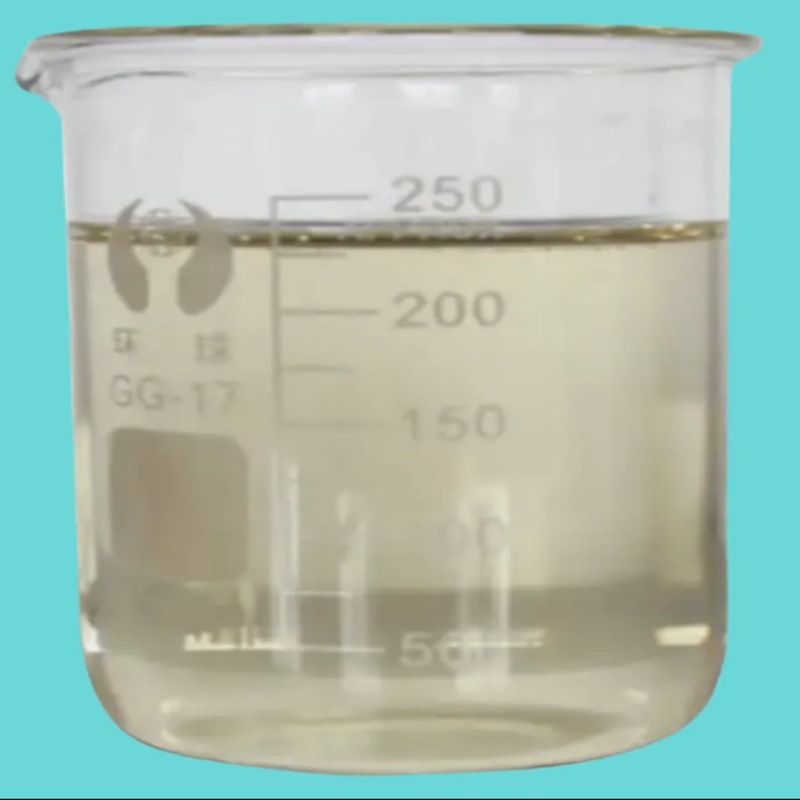-
Categories
-
Pharmaceutical Intermediates
-
Active Pharmaceutical Ingredients
-
Food Additives
- Industrial Coatings
- Agrochemicals
- Dyes and Pigments
- Surfactant
- Flavors and Fragrances
- Chemical Reagents
- Catalyst and Auxiliary
- Natural Products
- Inorganic Chemistry
-
Organic Chemistry
-
Biochemical Engineering
- Analytical Chemistry
-
Cosmetic Ingredient
- Water Treatment Chemical
-
Pharmaceutical Intermediates
Promotion
ECHEMI Mall
Wholesale
Weekly Price
Exhibition
News
-
Trade Service
On December 18, Qilu Petrochemical's olefin plant was rationally optimized, and the No.
14 cracking furnace with a large load was successfully put into use.
This is an adjustment made by the plant to continuously optimize raw materials to increase ethylene production
.
With the rise of raw material prices, the decline of products, and the sharp reduction of corporate profit margins, what should we do? This severe situation is in front of all employees of the olefin plant.
We must do everything possible to optimize raw materials and increase ethylene production in order to reduce production costs
.
"Ethane is a high-quality raw material for ethylene cracking.
The cracking furnace must use sufficient ethane to ensure high ethylene output and high ethylene yield
.
As the temperature drops, it brings difficulties to the ethane unloading of the plant
.
In order to reduce the loss caused by ethane unloading, they operate the ethane that enters the plant in a standardized manner.
When each car of ethane is near the end of the unloading, the exhaust gas has a certain pressure.
In the ethane recovery tank, the loss caused by venting is avoided, which not only reduces the loss, but also realizes environmental protection
.
"How to turn high-quality raw materials into real ethylene, strengthening the operation and management of cracking furnaces is the key
.
In order to make the best use of raw materials, the olefin plant strengthens the monitoring of the operation of the cracking furnace, optimizes the input of naphtha, tail oil and light hydrocarbons, and prioritizes the use of ethane cracking in the gas furnace.
At present, the proportion of LNG ethane input has increased by 1.
81 percentage points compared with November
.
For LNG ethane, self-produced ethane, and refinery light hydrocarbons that enter different cracking furnaces for cracking, they actively do a good job in the subdivision of raw materials.
Combined with the results of small-cycle SPYRO simulation calculations and the results of regular calibration of cracking furnaces, it is determined that each raw material is in different The most suitable cracking conditions of the cracking furnace realize dynamic adjustment
.
In order to realize the separate cracking of the refinery light naphtha and the refinery Sanchang first-line naphtha, they made active preparations and contacted the research institute to simulate the operation
.
According to the characteristics of the low-nitrogen burner of the cracking furnace, they have repeatedly optimized and adjusted, and the low-nitrogen burner has become more and more stable.
In the case of frequent emergency response to heavy pollution weather, they keep 5 gas furnaces running as much as possible to ensure the input ratio of gas raw materials.
At 23%, increased ethylene production
.
After a series of raw material optimization measures in the olefin plant, the output of ethylene has been steadily increased, and the purpose of increasing production has been achieved
.







